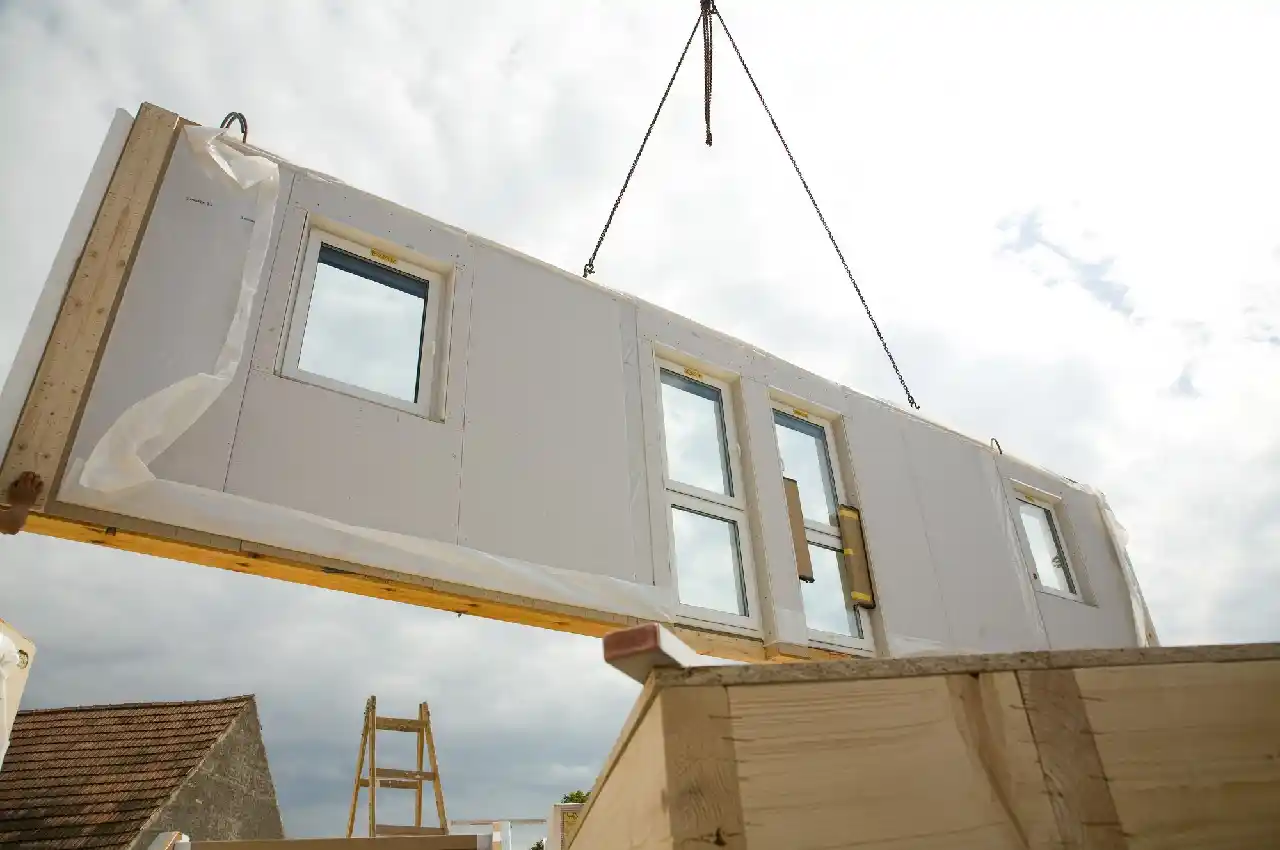Home Improvement
A Guide to Different Types of Modular Architecture

Modular construction is a way of building things in separate pieces that you put together like a puzzle. In 2021, this kind of construction was worth millions worldwide, and people think it will keep growing at about a CAGR of 3.91% each year until 2027.
Now, what’s modular architecture? It’s about making buildings that fit their place and the people who will use them. You see this in homes, offices, and stores more and more. It’s good because you can change things quickly.
Read on to learn more about the different types of modular architecture!
Modular Residential Homes
Modular homes are houses made in factories and put together where you want to live. Building them is quicker than regular houses and doesn’t waste as much. You can also pick how you want your home to look inside.
These homes can be cheaper and use less energy than regular houses. They’re a good choice if you want a modern, easy-to-build home.
Modular Commercial Buildings
Modular architecture isn’t just for houses. It can also be used for businesses.
When businesses get more extensive, you can make these places bigger or change how they’re set up. That’s good for using them for a long time without causing too much waste on materials.
The cool thing about modular architecture for businesses is that it’s like building with building blocks. You can add more blocks as your business grows, and it’s pretty easy if you ever need to change things around inside. Plus, it’s better for the environment because it helps reduce waste, which is a win-win for your business and the planet.
Modular Educational Facilities
Modular educational facilities have been gaining popularity in schools. These modular projects are constructed off-site and then transported to the school. It allows a quick and efficient construction process.
They also offer a customizable design to meet the school’s specific needs. Whether it is for a temporary or permanent structure, they can be easily expanded or relocated, making them a versatile option.
These modular educational facilities are like giant building blocks for schools. When the school needs more space or wants to change something, they can add or move these blocks around. Plus, it’s suitable for saving time and materials, which is helpful for schools and the environment.
Modular Hospitality Structures
The hospitality industry has also embraced modular architecture. From hotels to resorts, modular construction transport solutions are being utilized.
This creates comfortable and luxurious accommodations. Modular hospitality structures blend seamlessly with their surroundings, offering guests an immersive experience.
Modular Cultural and Exhibition Spaces
Modular architecture is not limited to practical applications. It also finds its place in the world of culture and art. Museums, exhibition halls, and event spaces are now designed using modular principles.
These structures can be easily adapted to host various exhibitions and events. It provides a dynamic and ever-changing environment for visitors.
Learn More About Modular Architecture
In conclusion, modular architecture offers solutions for construction needs. From residential homes to commercial spaces, an option can suit any design and budget.
This guide lets you feel informed and inspired to incorporate modular elements into your next project. Get started on your modular journey today.
If you’re interested in learning more interesting topics, check out the rest of our blog.
Having completed my education in English, I’ve cultivated a successful career as a content writer. My tenure includes valued collaborations with distinguished professional organizations, reflecting my commitment to producing high-quality content.
Contact me on this mail: [email protected]










